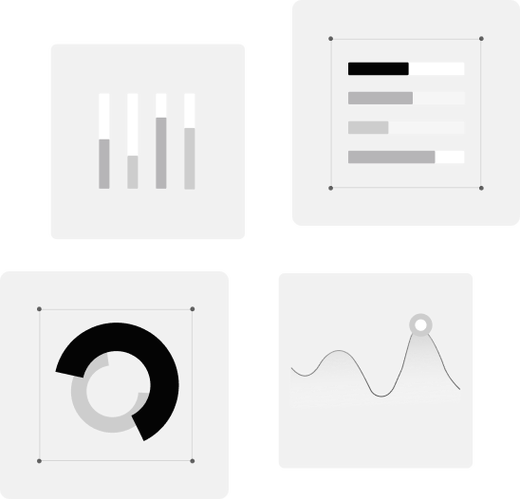Bring your data and AI ideas to life
Been collecting all sorts of data using complex spiders and scrapers, channeling them through some well engineered data piplelines, from which very reliable ML models are built since the 1500s.


Machine Learning and General AI Programming
- Infrastructure setup and optimization: Helping businesses set up scalable infrastructure for deploying and managing machine learning models efficiently.
- Model versioning and tracking: Implementing systems to track changes in machine learning models, facilitating collaboration and reproducibility.
- Automated testing and monitoring: Developing frameworks for automated testing and continuous monitoring of machine learning models in production to ensure performance and reliability.
- Deployment pipelines: Building automated pipelines for deploying machine learning models across different environments such as development, staging, and production.
- Scalability solutions: Designing solutions to scale machine learning systems to handle increasing data volumes and user demands effectively.
- Model retraining and updating: Implementing strategies and tools for automatically retraining and updating machine learning models with new data to maintain model accuracy over time.
- Governance and compliance: Assisting businesses in implementing governance and compliance frameworks to ensure ethical and regulatory compliance in machine learning deployments.

Data Analytics and Visualization
- Exploratory data analysis (EDA): Conducting exploratory data analysis to uncover patterns, trends, and relationships in data using statistical and visualization techniques.
- Predictive modeling: Building predictive models using machine learning algorithms to forecast future outcomes or classify data into different categories.
- Descriptive analytics: Generating descriptive statistics and reports to summarize and interpret historical data for business decision-making.
- Prescriptive analytics: Providing actionable insights and recommendations based on data analysis to optimize business processes and outcomes.
- Text and sentiment analysis: Analyzing text data from sources such as social media, customer reviews, and surveys to extract insights about customer sentiment and opinions.
- Time series analysis: Analyzing time-stamped data to identify patterns and trends over time, such as seasonality and anomalies.
- Geospatial analysis: Analyzing spatial data to understand patterns and relationships based on geographic location, useful for applications like site selection and resource allocation.

Data Engineering
- Data pipeline development: Building robust and scalable data pipelines for ingesting, processing, and transforming data from various sources.
- Data warehousing: Designing and implementing data warehousing solutions for storing and managing structured and unstructured data efficiently.
- Data integration: Integrating data from disparate sources such as databases, APIs, and third-party services to provide a unified view of data.
- Data quality management: Implementing processes and tools to ensure data quality through validation, cleansing, and enrichment techniques.
- Real-time data processing: Building systems for processing and analyzing streaming data in real-time to derive insights and make timely decisions.
- Data governance and security: Establishing policies and procedures for managing data assets securely and ensuring compliance with data protection regulations.
- Big data analytics: Leveraging big data technologies such as Hadoop, Spark, and Kafka to perform advanced analytics on large volumes of data for business insights.